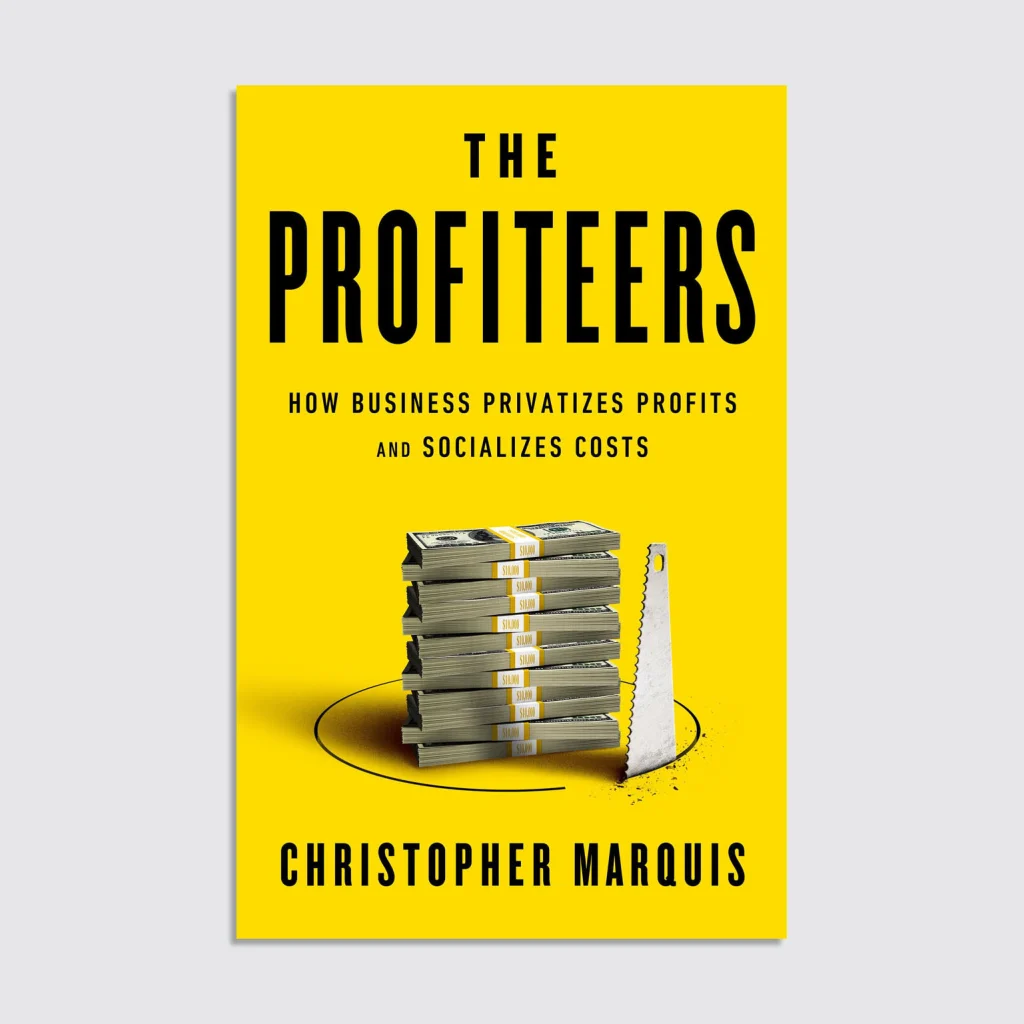Remember the calorie counting craze of the 1990s and early 2000s? What began as a diet fad has since become public policy. By 2010, large cities such as New York and Philadelphia, and whole states such as California, required restaurants to list calorie counts on their menus. In May 2018, the FDA began requiring chain restaurants and food establishments with more than 20 locations to post calorie counts.
I now live in the U.K., which has required calorie information to be displayed on menus since April 2022. Both liberals and conservatives supported this legislation, agreeing that voluntary systems were not enough to change behaviors. It’s estimated that these regulations could deliver a £5.5 billion benefit to the U.K. through reducing healthcare costs and increasing labor participation.
There has been pushback from the restaurant industry that’s still reeling from COVID disruptions, and others who say consumer-facing labels downplay the food industry’s role in promoting obesity. But the rules are a boon for greater consumer awareness; when people are empowered with better information, they can make healthier choices. And companies have a harder time hiding from the consequences of their own bad decisions.
Now, in the effort to stop climate change, consumers are being empowered with a different set of numbers on their products: carbon counts. While carbon data may seem abstract, an executive at California based Numi Tea put it to me this way: “It’s not about whether everybody knows what a gram of carbon is; it’s about developing that cultural competency and literacy around carbon in a similar way to how we developed it around calories.”
Founded in 1999 by siblings Ahmed Rahim and Reem Hassani, Numi sells ethically sourced teas inspired by the traditional lime tea they drank as children in Iraq. Its packaging includes a carbon footprint label that accounts for emissions in packaging, transport, and preparation. Hassani told me that listing all these parts of the value chain was important because “the biggest sources of our greenhouse gas emissions are transportation and product use. Simply boiling water can consume double the amount of energy that it takes to get that tea in the bag and to your doorstep, depending on your energy source.”
Just Salad, a chain of fast-casual restaurants in New York, has taken similar steps. Before the 1990s, its sustainability director Sandra Noonan told me, “You didn’t have standardized calories and vitamin and mineral counts on food packaging. So we said, ‘What if the new calorie label is the carbon footprint label?’” At Just Salad, their whole menu is carbon labeled; in other words, the labels indicate how much carbon was expended to produce each dish. The process of assessing emissions at a detailed level has resulted in changes in ingredients used in their salads, and they now offer a “climatarian” menu.
Outside of the food industry, we can look to Allbirds, a sustainable shoe and clothing manufacturer that labels each of its products with a carbon footprint tag that includes everything from product development to disposal. As Allbirds’ Sustainability Manager Hana Kajimura explains: “We have really anchored the message and storytelling around that per-product footprint, because it aligns with that label you see on our product. What that means quite practically is that in 2030 that label on our product will be less than 1 kilogram of CO2 per product.”
Research has shown that consumers underestimate the carbon footprint of food, and labeling helps. The more people know about the consequences of choosing fries over fruit, or fast fashion over ethical fashion, it follows that they will think deeper about their choices. There are costs to companies, of course, both in signage and in reputation, but in the long run it can lead to positive change in a number of areas beyond consumer awareness.
For instance, identifying companies’ carbon footprints educates companies, and in doing so leads to greater rigor and tougher standards around their business processes. “The carbon footprint data . . . highlighted that the emissions were really coming from the processing equipment in the countries of origin,” an executive at Numi said. “From there, we analyzed the transportation and packaging.”

Labeling is not a panacea, of course, and in the wrong hands it’s a way for companies to gaslight the public into prioritizing individual responsibilities so we avoid asking hard questions about companies. That’s what BP did when it popularized the term “carbon footprint.” Instead of focusing on decarbonizing its own operations, in 2004, BP created an online carbon footprint calculator, subtly implying that carbon reduction was the consumer’s responsibility rather than BP’s.
It’s important to recognize that no matter how assiduous individual consumers are to cut their carbon use, there is only so much they can do. But demanding transparency and honesty when it comes to carbon emissions is the first step to not just educating ourselves, but also creating governmental and corporate levers for deeper and lasting change.
Adapted from The Profiteers: How Business Privatizes Profits and Socializes Costs by Christopher Marquis. Published by PublicAffairs.
Recognize your brand’s excellence by applying to this year’s Brands That Matter Awards before the final deadline, June 7.
Sign up for Brands That Matter notifications here.
